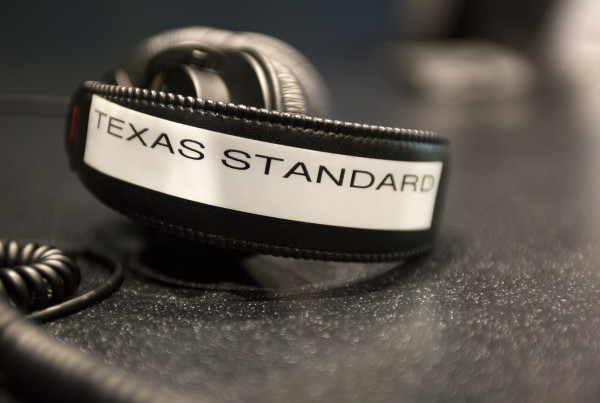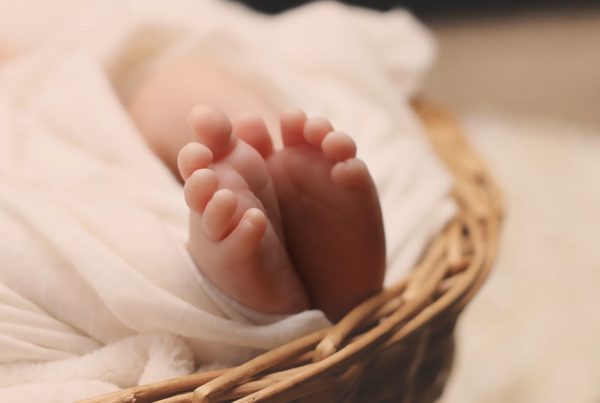The landmark U.S. Supreme Court case Brown v. Board of Education set a historical precedent for education reform in the country. The ruling that found state laws requiring separate public schools for black and white students unconstitutional is widely discussed in classrooms, but a less familiar story is the legal debate that led to the trial’s conclusion in 1954.
Across the country, plaintiffs sued all-white schools to allow black students – including in rural Texas. While looking at the pre-Brown lawsuits, Rutgers University professor Rachel Devlin noticed that nearly all of the desegregation cases were filed by young women. In her new book “A Girl Stands at the Door,” Devlin tells these young women’s stories.
Brown v. Board of Education is commonly associated with the work of Thurgood Marshall and other civil rights lawyers, but Devlin discovered that their work began after young women and their families began independently filing lawsuits in the 1940s. Girls would continue to lead the effort after the Brown decision by volunteering to desegregate formerly all-white schools. Devlin says it was a dangerous task, and not many would be willing to participate.
“The important thing to know about the late 1940s is that black and white schoolchildren had never gone to school together and most people did not believe it was possible for the two races to get along within the context of an intimate space like the schools,” Devlin says. “So you had to have a lot of social optimism going into it and girls disproportionately believed that the schools could be desegregated.”
The girls faced resistance at every stage of the movement from both the black and white communities. Devlin says that all of the students who ended up desegregating schools had to pass academic and psychological tests to be able to attend, which included a meeting with the superintendent of the school.
“[The superintendent] would ask them ‘why do you want to come to a white school’ and these girls and young women had to come up with a reason on the spot. For southerners, there was no good reason to bring the races together,” Devlin says.
Across the south, the historically black schools that young women were attending were in a state of crisis. Girls could attend school in “shifts” with a classroom brimming with students. The buildings themselves were falling apart, like at Blackshear High School in Hearne, Texas.
“Blackshear High School, which was the black high school, had burned to the ground in 1946. So what the town did was take the German prisoner of war buildings, move them to the old site of the black high school, and prop up the building with old tires. It was uninhabitable. All of the parents of children who had to attend that school were furious,” Devlin says. “C.G. Jennings was willing to take his daughters and try to enroll them in the white school. He knew they would be rejected. They immediately turned around, went to Waco, and filed a lawsuit.”
Lulu White of the Texas NAACP contacted Thurgood Marshall to file the case. At the time, Marshall was exclusively working on graduate school and teacher integration cases, but Marshall agreed to argue the case in the spring of 1948. It was the first case that Marshall used to set the groundwork for Brown v. Board of Education.
Devlin says she unexpectedly discovered the girls’ stories while working on another project, looking through Ebony magazine about 10 years ago.
“I was looking for images of African-American young women for a project I was working on at that time and I noticed that all of the school desegregation stories were about girls and young women,” Devlin says. “I went to the Library of Congress and looked at the papers of the NAACP and I found that, in fact, there were a dozen or so lawsuits filed in the late 1940s to desegregate the schools, years before the NAACP itself began to fight for school desegregation in the courts, and that all these lawsuits were in fact filed on behalf of girls and young women.”
Despite these records, the young women who were driving these cases have been overshadowed.
“I think what happened was historians looked at Brown v. Board of Education and they thought about it from the perspective of Thurgood Marshall and the NAACP, and they were interested in the legal arguments that the NAACP was making inside the courtroom, but most historians don’t think of young women as historical actors,” Devlin says. “So it took a historian who was willing to see young people as actors, specifically to see young women as actors.”
Written by Haley Butler.














